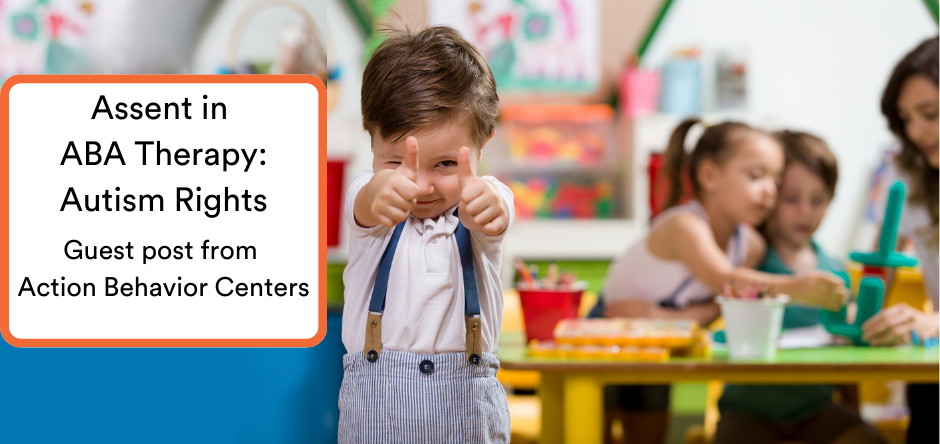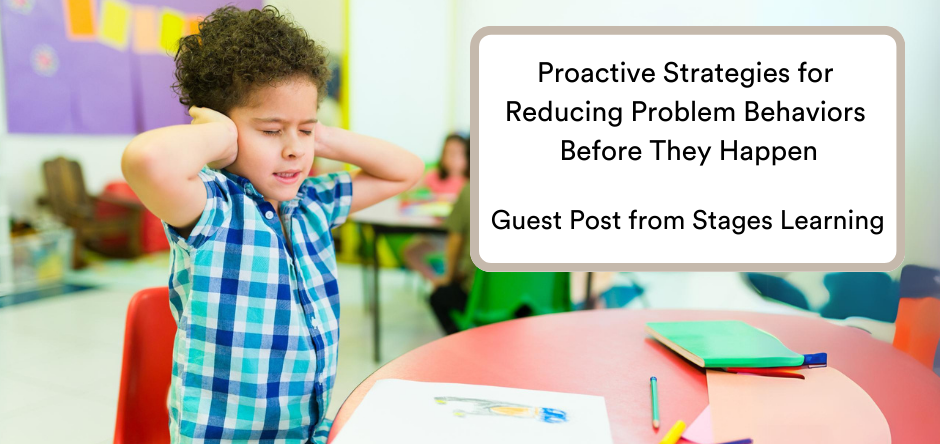
This article was reposted with permission from Stages Learning and author Frankie Kietzman.
Life is filled with routines. When you’re a student, you have years of repetition in a school setting to learn where to go when you arrive, how to get your lunch, transition in the hallways, and dress out for the gym. You’ve had the support of teachers and family to learn how to be a good student. However, for many students, especially autistic students, graduation finds them grossly underprepared for independent living.
Figuring out how to cook a meal, do laundry, keep the house clean, and maintain hygiene can be hard for anyone, but sometimes overwhelming for autistic individuals. Education’s early emphasis on communication, academic, and social-emotional learning can sometimes unintentionally leave independent skills in the back seat. Those typical priorities may cause autistic students to become too reliant on others to take care of their more basic needs.
One way we as educators and family members can remedy this is through intentional instruction of independent living skills through task analysis (TA) and higher awareness of our levels of prompting. Task analysis can also be a useful tool in helping students develop closer approximations toward higher levels of independence, thus leading to a higher quality of life when students leave the security of school and home.
Task Analysis Refresher
You can find several online articles covering task analysis in more detail, but the main point is taking a task with multiple steps and breaking those down into smaller chunks. It’s helpful for a teacher to see each step in order to identify where a student may need more support and to determine if you should consider forward- or backward-chaining strategies.
What are independent living skills?
- Personal care
- Food preparation
- Clothing management
- Personal organization
- Household maintenance
When should I consider task analysis for teaching an independent living skill?
Skills for independent living include lots of components, not all appropriately addressed through task analysis. For any of those skills you’d like to teach, think about the number of steps involved in the process and any prerequisites the student already has mastered.
Perhaps the ultimate goal is to cook a meal, which obviously entails many smaller steps: choosing a recipe, reading and following it, obtaining accurate materials or supplies, measuring, time management, and physical components to each recipe like whisking, kneading, and stirring.
Once you consider all the pieces needed to complete the task, check or take baseline data to determine what skills the student already has. Maybe they’re mostly independent with all steps except following or reading the recipe. This is where task analysis could be used to target instruction. If your baseline indicates they are missing multiple components needed for the larger skill (in this case cooking), you may need to break down instruction in those areas like matching or motor imitation to get them prepared to generalize those skills later.
Here are some independent living skills that TA might help:
- Vacuuming
- Simple cooking (matching numbers on a microwave or oven)
- Using a dishwasher or laundry machines
- Washing hands or face
- Using the toilet
- Bathing—shower or bathtub
- Hygiene routines like toothbrushing or applying deodorant
- Fastening or unfastening clothing
- Folding, hanging, or putting away clothing
- Cleaning the bathroom or kitchen
As you can see from the example and this list, there are a lot of pre-requisite skills to master before you’re ready to use an independent living TA for autistic students. Making sure they can imitate, sort, and match will be important skills as they move into this area.
Developing a Plan
Once you’ve determined a skill to teach and the student has the necessary pre-requisite skills, you are ready to develop your plan for what that perfect routine would look like when the student is engaging in this activity. Some of these skills may be individualized based on the student’s preferences—because there’s no necessarily “right” order for cleaning your body—so defer to the individual’s preferences but develop a TA that still makes sure they meet all requirements (like cleaning their entire body or brushing all of their teeth).
An example TA for the independent skill of folding pants could look like this:
- Lay pants on a flat surface.
- Smooth out the wrinkles.
- Fold one pant leg on top of the other (in half)
- Bring the bottom of the pants up to the waistband (in half again).
Wording can vary, but use vocabulary familiar to the student and be sure everyone working to support that skill uses the same words in this learning stage.
Visual Supports
Let’s talk visuals! Research continues to support visual aids as an evidence-based strategy for teaching skills to people with autism. Not only can you pair visual supports with your actual task analysis, but the visual supports can be part of the task itself. What do I mean? Glad you asked.
1. Dots or markers:
I remember when I tried to have a student clean tables after a meal or vacuum an area of the classroom and they’d just go back and forth on the same spot, so the greater area didn’t get clean. Something that helped students recognize they needed to get all over the table, floor, or window was to spread out some kind of markers so they’d know removal meant the areas were done. For vacuuming, I would clean out my hole-puncher and sprinkle the dots on the floor in the 4 corners of the space so they’d cover more ground. Think of other ways to visually mark an area that needs to be covered.
2. Jigs:
A jig is a tool that can help when folding shirts, towels, pants—you name it! Some you can purchase, or you can watch a video to DIY; just get some duct tape and cardboard and viola! You can also write numbers on the cardboard to correspond with the steps in their folding TA. Eventually, you can work to fade the jig support, but it is very helpful when first learning the skill.
3. Near-point models:
Besides having TA visuals accessible and nearby, a near-point model can help students improve executive functioning. For example, have the numbers they need to copy directly next to the area where they’ll be needed. If a student is cooking oatmeal for 1:10, I would have those numbers on a Post-it note on the microwave so they don’t have to look back and forth to fine print to enter the numbers. Finding ways to cut down on such processing can help students gain success as they practice these independent living skills.
The best part about focusing on intentionally teaching independent living skills is that these also have the potential to generalize into vocational opportunities, which means a whole new level of independence!
How have you been able to introduce task analysis for teaching independent living skills? How can visual supports paired with TA help enhance your practice?
For more specific information on Task Analysis see:
- Using Task Analysis for Arrival and Dismissal Routines
- Teaching Multi-Step Skills Through Task Analysis for Students with Autism
- How to Use Chaining to Break Down Complex Tasks for Children with Autism
References:
http://life-skills.middletownautism.com/wp-content/uploads/sites/7/2017/10/Folding-clothes-TA.pdf
About the Author
Frankie Kietzman is a Sales Development Associate for STAGES Learning with experience teaching as an elementary teacher, self-contained autism teacher for elementary and secondary students, autism specialist and coach for teachers dealing with challenging behaviors. Frankie’s passion for supporting children and adults with autism originates from growing up with her brother who is deaf and has autism. As one of her brother’s legal guardians, she continues to learn about post-graduate opportunities and outcomes for people with autism. Frankie has a Bachelor’s degree from Kansas State University in Elementary Education, a Master’s degree in high and low incidence disabilities from Pittsburg State University and in 2021, completed another Master’s degree in Advanced Leadership in Special Education from Pittsburg State University.
About Stages
Angela Nelson, a UCLA trained ABA Therapist, founded Stages Learning in 1997 when autism diagnoses first began to rise. The top-selling autism education product, the Language Builder Picture Cards, was designed to specifically meet the learning needs of children with autism. The research-based Language Builder Series has become a staple in home and school programs around the world and Stages Learning is now the premier developer of learning tools for children with autism.









